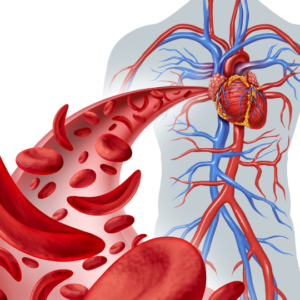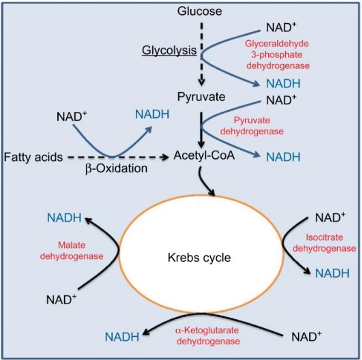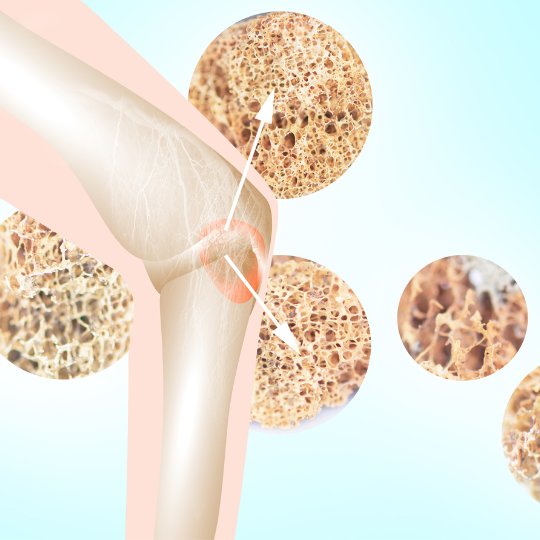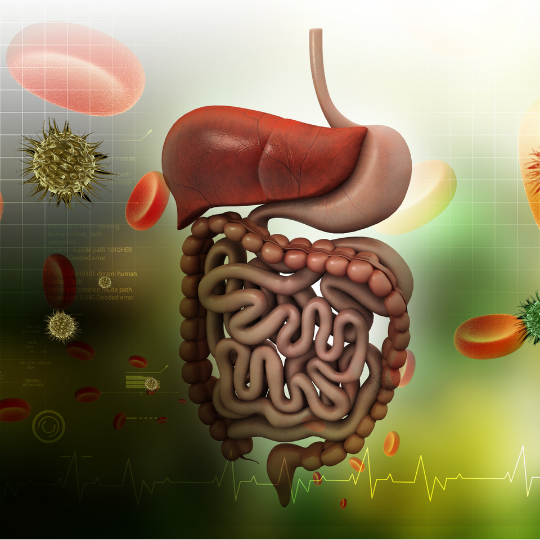Heme is a complex organic molecule that plays a crucial role in various processes within the human body. It is composed of a ring-like structure called a porphyrin, which is bound to an iron atom. Heme is found in several hemoproteins, which are involved in a variety of functions including oxygen transport, energy production, and detoxification.
Iron core – Hemoprotein world
Hemoglobin, which is found in red blood cells and is in charge of transporting oxygen from the lungs to the body’s tissues, is one of the most well-known hemoproteins. Each of the four subunits that make up hemoglobin has a heme molecule attached to a globin protein. When oxygen is inhaled, it binds to the iron atom in the heme, allowing hemoglobin to transport it through the bloodstream to the tissues that need it. Once hemoglobin reaches the target tissue, it drops the carried oxygen and picks up the carbon dioxide (CO2) metabolized by the respective tissue. CO2 is then transported back to the lungs for exhalation.

Another important hemoprotein is myoglobin, which is found in muscle tissue and helps store and transport oxygen to muscles. Myoglobin is similar to hemoglobin in that it contains a heme molecule bound to a protein called myoglobin, but it has a higher affinity for oxygen than hemoglobin. This means it binds oxygen more strongly and it doesn’t release it as easily as hemoglobin, when it reaches the target tissue, in myoglobin’s case: muscle. The increased metabolic demand of muscle compensates for this higher affinity though, causing myoglobin to release required oxygen for any aerobic work.
Finally, heme plays a significant role in a number of enzymes involved in important metabolic processes. For instance, cytochrome P450 enzymes are involved in the body’s metabolism of drugs and other substances, whereas heme enzymes like peroxidases and catalases aid in the detoxification of toxic substances like hydrogen peroxide.
Beyond Iron: Heme Regulation and Genetics
Heme oxygenase (HMOX) is an enzyme that the body uses to control the amount of heme in the body. With the aid of this enzyme, heme is broken down into biliverdin, iron, and carbon monoxide. The liver then transforms biliverdin into bilirubin, which is then excreted from the body through bile. Porphyrins, the ring-like structures that make up heme, are also involved in the metabolism of heme. When the body is unable to properly metabolize porphyrins, these build-up in the body, which can cause inflammation and other health problems.

Numerous genetic predispositions can alter heme metabolism and cause inflammation. For example the rs1131857 single nucleotide polymorphism (SNP) in the CPOX gene involved in the heme pathway can lead to a downregulation of the pathway and thus less heme produced. This leads to a build-up of porphyrins, which can trigger inflammation in the body.
Additionally, SNPs in the HMOX1 and HMOX2 genes, which code for the HMOX enzyme that degrades heme, may also increase a person’s risk of inflammation and other health issues by:
- degrading aged red blood cells
- calming down inflammatory NOX enzymes, due to the biliverdin and bilirubin HMOX byproducts
- lowering histamine
- indirectly calming down mast cells due to inhibition of the RAAS system
Tackling Heme
The usual culprits apply to ensuring proper heme metabolism and consequently less inflammation: a healthy diet, exercise, limiting the intake of alcohol and processed foods and stress management. On top of this, a host of supplements, depending on each genetic configuration may be worth considering:
- dandelion, which may upregulate HMOX, as well as other enzymes like Nrf2 and NQO1
- astaxanthin, which may upregulate SOD and NQO1 on top of HMOX
- colostrum, due to its HMOX assisting lactoferrin

The heme pathway is but one of many inflammation related area we consider in our genetic and metabolic optimization approach. It is however the cornerstone of an improved healthspan, so give it the consideration it requires.











